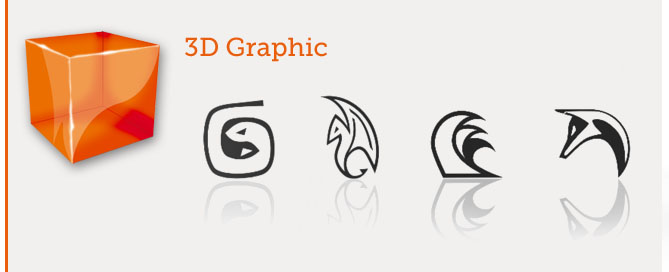Autodesk MudBox – Ptex Painting
Ptex means ‘Per-face texture assignment’, his tecnology was created inside Disney/Pixar to boost the productions workflow in texture painting.
With Ptex you do not need UVs to paint the texture over the 3D object!
The workflow is:
3DS Max – Export model without UVs
1. Open a 3D model inside 3DS MAX
2. Clear the old UVs with the modifier UVW Mapping Clear
3. Select the object> MAIN TOP MENU> Export> Export Selected> yourmesh.fbx
OR
MAIN TOP MENU> Sent to> Send to Mud Box
MudBox – paint the model with Ptex
4. Open MudBox
5. MAIN TOP MENU> File> Import> yourmesh.fbx
6. 3D View -> see the 3D Model
UV View -> there is nothing
OR
if you have a multiple Subdivision levels MudBox object turn to the lower level
7. MAIN TOP MENU> UVs & Maps> PTEX setup>
– ‘Increase’ to increase the texture resolution if you need.
OR
– BOTTOM LEFT> Select/Move Tool> Faces> select Faces, after ‘Increase’ to increase texture resolution locally.
8. ‘Done’, see also UV View -> yourmesh is currently using PTEX painting, and has no UVs
OR
if you have a multiple Subdivision levels MudBox object turn to the higher level
9. RIGHT COLUMN> New Layer> Paint Layer / Ptex file / Diffuse> ‘OK’
10. BOTTOM LEFT> Paint Tools> paint the mesh, notice it is easy to paint, there is not artifacts or stretched UVs areas
3DS Max – Export model with UVs
11. Open a 3D model inside 3DS MAX
12. Create UVs
13. Select the object> MAIN TOP MENU> Export> Export Selected> yourmesh-UVs.fbx
MudBox – from Ptex to UVs
—
Overview:
Maps> Extract Texture Maps> New Operation> Transfer Paint Layers.
In Target Model, choose the Mesh with the correct UV Mapping.
In Source Model, choose the PTex Mesh.
Projection Method> Ray Casting> ‘Extract’.
To export the texture, go to the paint layer from the UV Mesh, right click with mouse. Select export channel to PSD.
—
14. MAIN TOP MENU> File> Import> yourmesh-UVs.fbx, place it in the same position of your Ptex mesh
15. UV View -> there the UVs
16. Select the Ptex mesh
17. MAIN TOP MENU> UVs & Maps> Extract Texture Maps> New Operation> select ‘Transfer Paint Layers’
18. RIGHT COLUMN> Object List> Select> yourmesh-UVs> Extract Texture map floating window> Targert Models ‘Add Selected’
19. RIGHT COLUMN> Object List> Select> yourmesh (level 0)> Extract Texture map floating window> Source Models ‘Add Selected’
20. Extract Texture map floating window> Method> Ray Casting> ‘Extract’
21. Select the yourmesh-UVs> RIGHT COLUMN> Layers label> RMB over Diffuse Paint Layer> Export Selected> Photoshop 8bit
NOTICE: the output PSD file can have little artifacts you have to correct inside Photoshop
Official reference: http://www.youtube.com/watch?v=ElVbyLyD_ts



